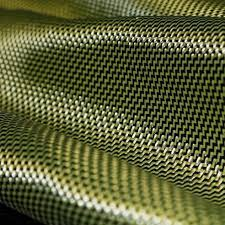
Architects are always looking for the next big thing. This goes beyond their designs and includes materials used in building construction. Kevlar is one material that has architects excited. When you need Residential Architects, visit https://www.quattrodesign.co.uk

What is Kevlar?
Kevlar, a synthetic fibre that is mostly unknown outside of the building and architecture industries, was developed by DuPont in the middle 1960s. It is five times more tensile than steel. Its high tensile strength has made it a favourite among body armour and personal protection equipment manufacturers. Drumheads and bicycle tyres are some of its other applications.
Kevlar in the construction industry
It was first used at the 1976 Montreal Olympics to cover the roof of the stadium. The whole project took ten long years and only lasted for another decade. The building industry did watch and learn. Miami began to use it in subsequent years as a result of a desire in the US to build hurricane-proof buildings. After the 9/11 attacks, there was a surge of interest to make buildings more resistant against high impact, explosions and flames. In addition to these practical reasons, architects appreciate the light weight of this material and its ease in integrating it into new structures. Integration into existing structures is difficult unless they were designed and constructed with this goal in mind.

Kevlar is currently used to construct tensile roofing. The versatility of this material has been welcomed by many establishments, including schools and shopping centres. Fabric roofs have many advantages including weather resistance, fire retardant properties, and aesthetics.
Kevlar may be a strong contender for certain projects, but you should discuss it with architects and construction specialists.
